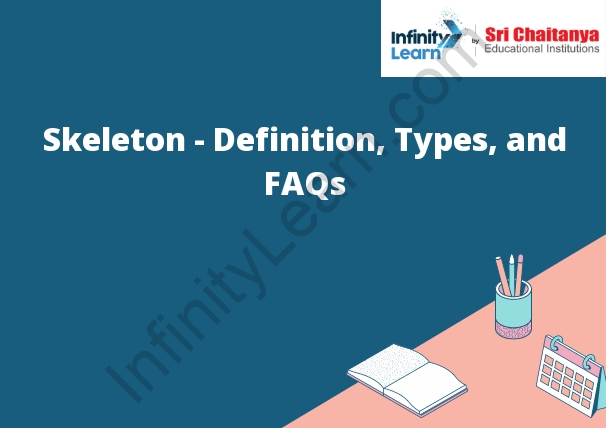Table of Contents
What is Skeleton?
A skeleton is a framework of bones that supports and protects the body’s organs and tissues. It also helps to produce movement.

Animal Skeleton
The animal skeleton is the internal framework of an animal’s body. It provides support, allows movement, and protects vital organs. The skeleton is made up of bones, cartilage, and ligaments.
Types of Skeleton
There are two types of skeleton: axial and appendicular.
Axial skeleton: This is the main skeleton of the body, consisting of the skull, vertebral column, and ribcage.
Appendicular skeleton: This consists of the bones of the limbs and girdles.
The Different Types of Skeletal Systems are:
1. Axial Skeleton: This is the main framework of the skeleton, including the skull, vertebral column, and ribcage.
2. Appendicular Skeleton: This is the group of bones that attach to the axial skeleton, including the arms, legs, and pelvis.
3. Pectoral Girdle: This is the group of bones that attach the arms to the thorax, including the clavicles and scapulae.
4. Pelvic Girdle: This is the group of bones that attach the legs to the thorax, including the hip bones and sacrum.
Calcareous Skeleton
The calcareous skeleton is a type of skeleton made of calcium carbonate. This type of skeleton is found in many marine animals, such as corals, mollusks, and echinoderms.
The calcium carbonate is deposited in a matrix of proteins, forming a hard shell or skeleton that supports the animal’s body. This skeleton can be used for defense, as in the case of coral, or for movement, as in the case of mollusks.



